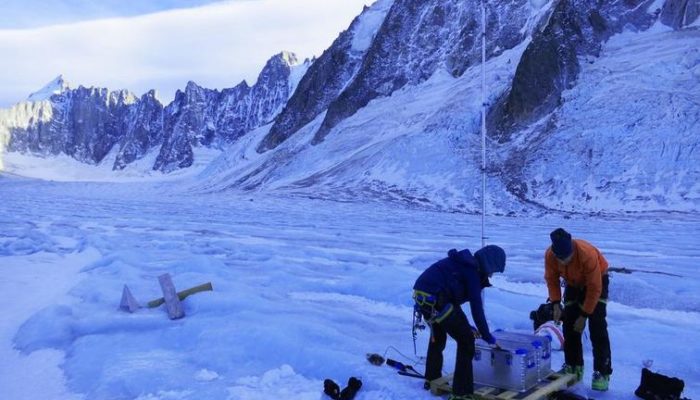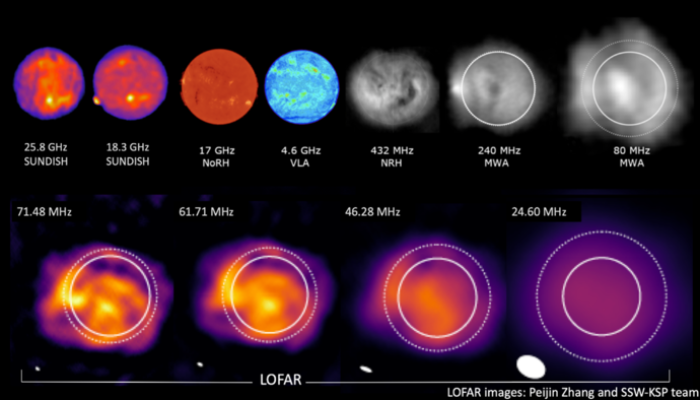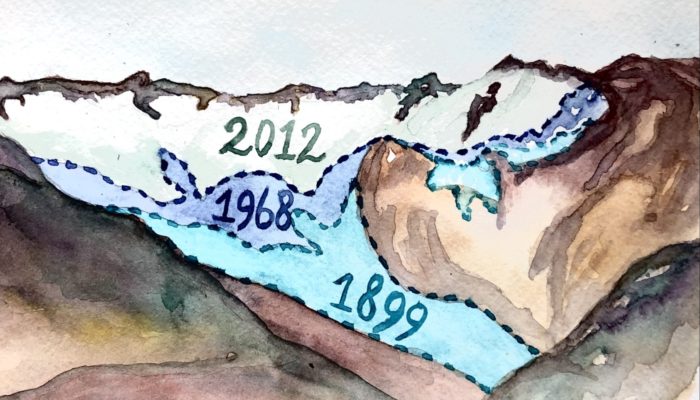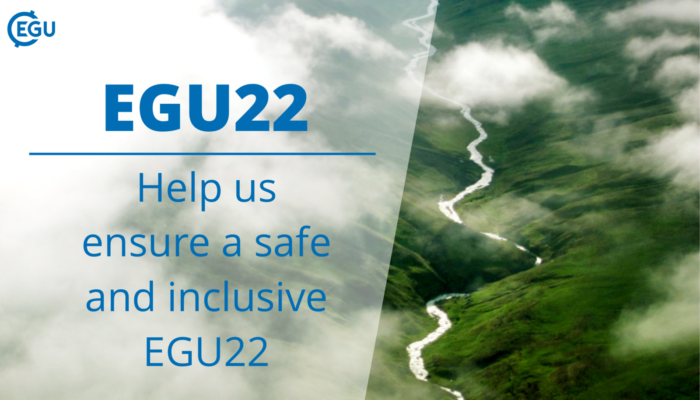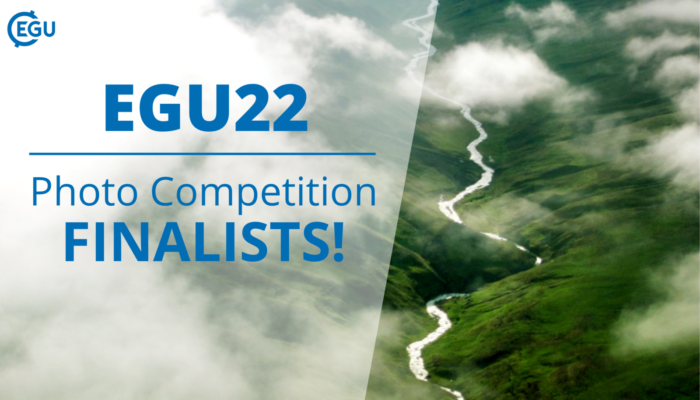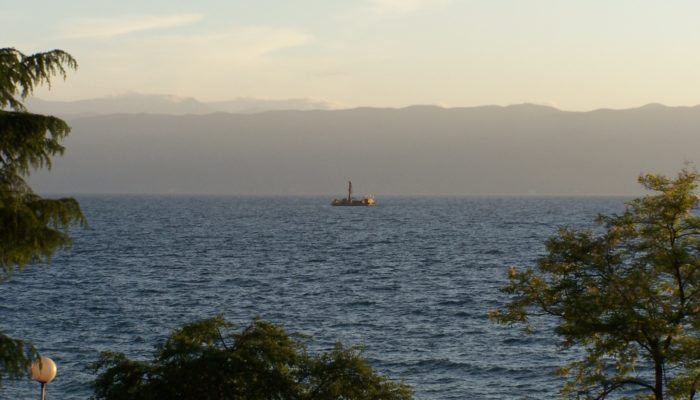Have you ever wondered what the voice of a glacier sounds like? Well, listen here! And if you want to know how the glacier makes these sounds, then let’s take a walk on the ice side… Close your eyes and think of the time you were in the middle of the mountains. On a snow plain, a glacier or a frozen lake; just you. You hear your footsteps in the snow, crunching ice. The wind blows through your hoo ...[Read More]
If you didn't find what you was looking for try searching again.
Solar-Terrestrial Sciences
Reflection after the investigation of the direct First Parker Solar Probe Observation of the Interaction of Two Successive ICMEs
In Heliophysics there is a scarcity of in-situ buoys that allows us to monitor and track the solar wind changes in our Sun’s atmosphere, the heliosphere. NASA’s Parker Solar Probe (PSP) mission is one of those buoys that, together with Solar Orbiter (SolO, ESA/NASA Collaboration), is bringing a breath of fresh air in the effort to fully characterize the solar wind and study the evolution of the em ...[Read More]
Solar-Terrestrial Sciences
Resolving the very fine details of the Sun in low frequency radio
The Sun is an active radio emitter, it produces radio emissions in a wide frequency range from kHz to THz. The solar atmosphere has a complex distribution of magnetic field, plasma density, and temperature. These different properties of the solar atmosphere will result in different radio emission features at different frequencies. In principle, the plasma density decreases with the heliocentric di ...[Read More]
GeoLog
EGU22: What makes a good CV?
This year for EGU22 we wanted to make participation in the Jobs and Careers events equally accesible whether you are participating remotely or on-site, so we added the ‘Ask me for my CV’ sticker that you can put in your profile to let people know that your CV is available. But what about the actual CV itself? Seismology Division Early Career Scientist Michaela Wenner, supported by the ...[Read More]
GeoLog
EGU22 Photo Competition – voting opens MONDAY 23 MAY!
Now that our panel of judges has reduced the long list of hundreds of entries to just the top 10, it’s up to you to decide on which three photos will be our winners for 2022! The finalist photos are listed below and you can vote for them from Monday 23 May until Thursday, 26 May 2022 (voting closes at 18:00 CEST, 26 May). There are two ways that you can vote – the first is on-site in V ...[Read More]
Cryospheric Sciences
Ice-hot news: A cryo-summary of the new IPCC assessment report!
We have waited eight years for it, and it is finally out: the 6th Assessment Report of the Intergovernmental Panel on Climate Change (a.k.a. « IPCC AR6 »)! And it is more than 10,000 pages long across Working Groups! Fortunately, a synthesis report integrating the findings of all three working groups should be released in Autumn 2022. However, we, at the EGU Cryosphere Blog, thought it might be us ...[Read More]
GeoLog
How to EGU22: Help us ensure a safe and inclusive EGU22!
It is true that academic gatherings like scientific conferences can offer great opportunities for career advancement, such as building stronger networks, highlighting your research, and finding new opportunities for collaboration. Unfortunately, many conferences are not equally inclusive to all (see the image below) and can pose as unsafe environments for presenters and participants. With EGU22 on ...[Read More]
GeoLog
EGU22 Photo Competition finalists – who will you vote for?
This year’s Photo Competition judging panel did a fantastic job of narrowing down the outstanding photo submissions to the EGU’s Photo Competition to just 10 finalists! The finalist photos are listed below and on the Imaggeo website where you can vote for them from Monday 23 May until Thursday, 26 May 2022 – voting closes at 18:00 CEST. The three photos with the most votes will be ann ...[Read More]
Stratigraphy, Sedimentology and Palaeontology
Does half-precession influence European climate?
What is half-precession? In the first half of the 20th century, the Serbian researcher Milutin Milanković described the periodic changes of the Earth’s orbit around the Sun. In recent decades, changes in these Milanković cycles have been shown to have an impact on global climate, and information about this is preserved in geologic records through sedimentological processes. Today we can stud ...[Read More]
Geodynamics
To go or not to go (to my PhD graduation)?
You’ve come to the end of your PhD and after years and years of hard work, one last question remains: “Should I go to my PhD graduation?”. This week, we have one of our editors Kiran Chotalia sharing her two cents after she finally attended her in-person graduation this year after it was delayed by the pandemic (TLDR; definitely go!). In March 2020, after four and a half years of hard work, meetin ...[Read More]

